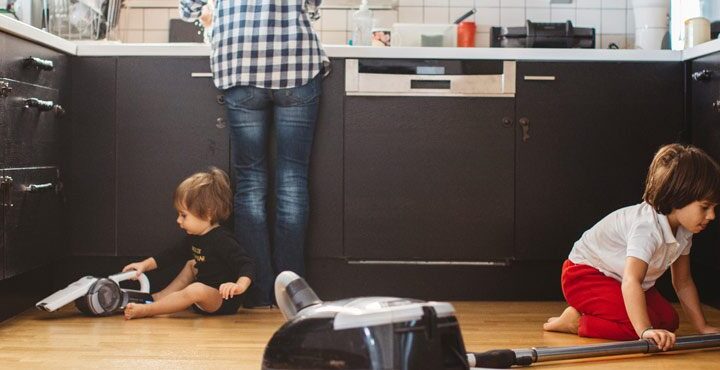As home prices continue to skyrocket in Canada’s largest cities, many first-time homebuyers are taking on the added responsibility of becoming landlords. Owning rental property has many advantages. Not only can it provide you with a steady stream of income, but you can also claim eligible property expenses. Before you claim an expense, you’ll have to decide whether it’s a current or capital expense. Here are the six criteria the CRA uses to determine if an expense is current or capital.
Landlords need to decide if an expense is current or capital.
Expenses With Lasting Benefits
Expenses that provide lasting benefits are considered “capital.” Those are the renovations and repairs that will be around for your tenants to enjoy for years to come. Some common capital expenses you might claim on your rental property include a new roof, vinyl siding, and new windows. Short-term repair costs are generally considered current expenses. Some common examples of current expenses include interior painting, repaving the driveway, and landscaping.
“Expenditures that have a long-term benefit should be capitalized, while expenses that are often reoccurring and have a short term benefit should be expensed in the current period,” says Brendan McCann, a chartered professional accountant at Kudlow & McCann in Toronto. “Taxpayers have a bias to expense everything as this will reduce net income in the current year. The Canada Revenue Agency will monitor certain rental expense accounts and enquire (when a) claim is too high.”
For example;
If you add a new addition to the existing unit, you claim the cost as a capital expense since the addition will remain with the building.
However, if you replace walls after a leak or a mold, you claim the cost as a current expense since they were spent on maintenance.
Expenses to Maintain or Improve a Property
Capital expenses are considered those repairs and renovations that improve a property over its previous condition. For example, if you replace the rotting wooden steps on your property’s front porch with brand-new, rock-solid concrete steps, those would be considered a capital expense. Meanwhile, a current expense is one that simply repairs your home and its surroundings to its original condition. For example, if you repair rotting front porch steps, instead of replacing them, you would claim that expense as current.
For example;
If you replace the carpet flooring in your rental unit with a new carpet, you can claim the cost as a current expense.
However, if you upgrade to hardwood flooring, you are required to claim it as a capital expense since it is improving the value of the property.
Expenses Not Part of Your Property
The CRA defines such expenses as, “new assets replacing existing assets that are within the property.” A current expense is considered any repair you pay for that replaces something in your rental property.
For example;
If you pay to maintain the existing compressor in the building, you claim the cost as a current expense. However, if you buy a new compressor for your rental property, you would claim it as a capital expense; that’s because the new part wasn’t originally part of your home when it was built.
Also paying an electrician to rewire your home would be considered a current expense, as long as it doesn’t improve your home above and beyond its original condition. While replacing faulty wiring in your home with similar wiring is a current expense, upgrading your power from 100 AMP to 200 AMP would be considered capital since it’s an improvement.
The Value of the Expense
When trying to figure out if an expense is current or capital, you have to consider its value. If the value is high in relation to the value of the property value, then it is a capital expense. Current expenses are those costs you put off until later.
For example;
If you built a new detached garage it would be considered a capital expense even though you used similar materials that are used in current expenses such as fixing a crack in an existing garage wall. The new garage will cost substantially more in relation to the value of the house than fixing a wall.
The Intention of the Repairs
Ordinary maintenances on an existing building that is already being used to earn income are considered current expenses; on the other hand, repairs made on a newly acquired property to prepare it for business are considered capital expenses even if these expenses would have been considered current expenses for an existing property.
Repairs made to Sell or to Maintain
Maintenance repairs that are originally considered current expenses in a currently used property, would be considered capital expenses if they were made to improve the condition of the property to sell it.
For example;
The cost of replacing damaged subfloors in a currently rented property is a current expense. However, if you are doing the same renovations on a property in anticipation to sell it, you claim the costs as capital expenses.
TurboTax Self-Employed offers an easy step-by-step guide on how to report your rental income and expenses. Consider TurboTax Live Assist & Review if you need further guidance, and get unlimited help and advice as you do your taxes, plus a final review before you file. Or, choose TurboTax Live Full Service* and have one of our tax experts do your return from start to finish.
*TurboTax Live™ Full Service is not available in Quebec.
Photo Credits
- Feverpitched/iStock/Getty Images



